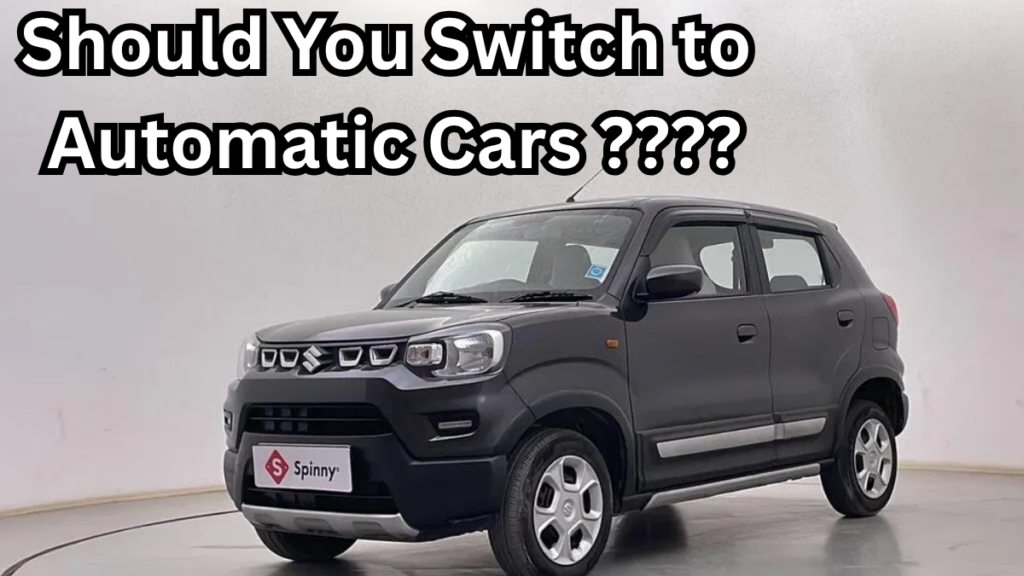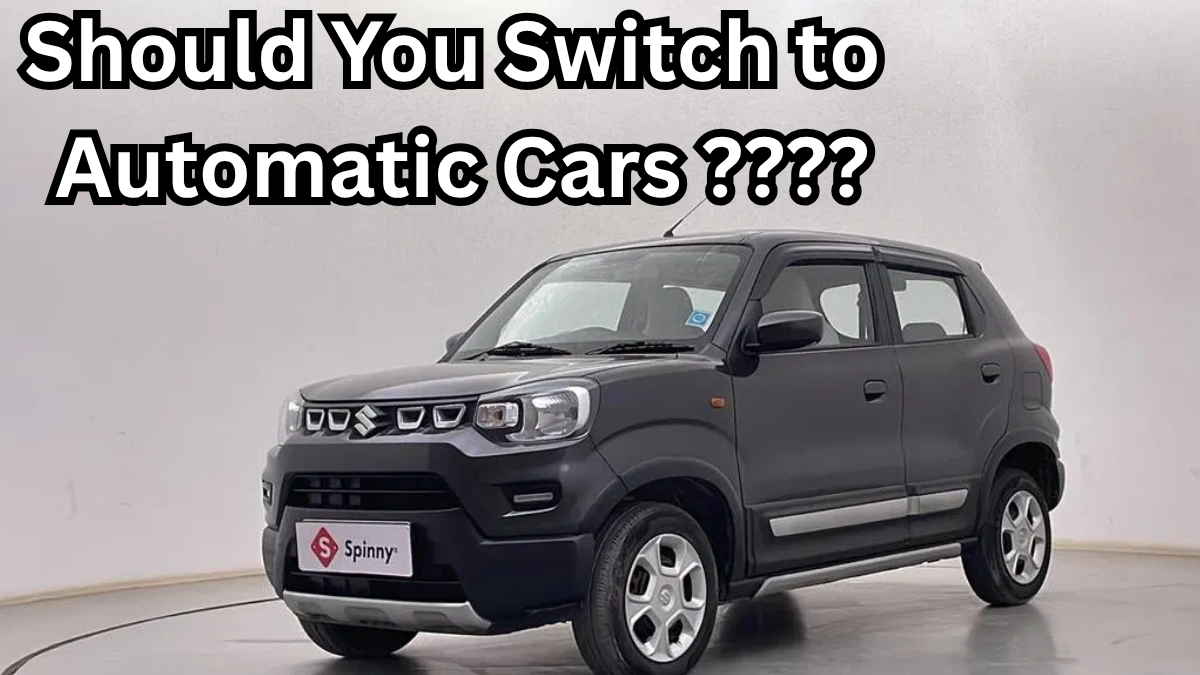As Indian roads become more crowded and urban driving gets increasingly stressful, many drivers are rethinking the age-old debate: Automatic vs Manual Cars in India. If you’re planning to buy a new car in 2025, it’s worth asking—is it finally time to switch to an automatic?
Here’s a deep dive into the gearless car benefits, drawbacks, and what makes auto transmission India-friendly (or not), especially when navigating the complex terrains of Indian cities and highways.

Why Automatic Cars Are Gaining Popularity in India
In the last few years, the Indian auto market has seen a sharp rise in automatic car variants. Here’s why:
-
Stop-and-go traffic in metros like Mumbai, Delhi, and Bengaluru makes frequent gear shifting a nightmare.
-
Increasing affordability of automatic variants, especially in hatchbacks and mid-range SUVs.
-
More drivers now seek comfort over control, especially during long commutes.
Pros of Switching to Automatic Cars
Let’s take a closer look at the gearless car benefits that are tempting Indian drivers in 2025:
1. Ease of Driving
-
No clutch means less fatigue in traffic.
-
Smooth acceleration—just press the pedal and go.
2. Great for City Commutes
-
Perfect for urban traffic, where frequent gear shifts become tiring.
-
Reduces the learning curve for new drivers.
3. Advanced Features
-
Most automatic variants now come with hill assist, creep mode, and manual override.
-
Some even offer multiple driving modes like Eco, Sport, and Normal.
4. Resale Value Rising
-
In urban markets, automatics now enjoy better resale values than manuals.
Cons of Automatic Cars in India
While there are clear benefits, there are also a few drawbacks to consider before jumping into auto transmission India roads.
1. Higher Initial Cost
-
Automatics are typically ₹50,000–₹1.5 lakh more expensive than their manual counterparts.
2. Slightly Lower Mileage
-
Older automatic models tend to have less fuel efficiency.
-
However, modern CVT and AMT systems are closing this gap fast.
3. Costlier Repairs
-
Automatic transmission systems can be more complex and costly to repair if something goes wrong.
Quick Comparison: Manual vs Automatic Cars
Here’s a table to help you compare the two side-by-side:
| Feature | Manual Cars | Automatic Cars |
|---|---|---|
| Driving Comfort | More effort required | Very comfortable, especially in traffic |
| Fuel Efficiency | Slightly better (in some cases) | Slightly lower but improving |
| Maintenance Cost | Lower | Higher (especially torque converters) |
| Initial Price | Cheaper | More expensive |
| Learning Curve | Steeper | Easier for beginners |
| Resale Value | Moderate | Increasing in urban areas |
Are Indian Roads Ready for Full Automatic Transition?
Yes and no. While auto transmission in India is becoming more viable, there are a few factors to weigh in:
Roads Where Automatics Shine
-
Urban city traffic
-
Hill stations (thanks to hill-hold and creep features)
-
Daily office commutes
Roads Where Manuals Still Work Best
-
Rural areas with poor road infrastructure
-
Long-distance highway drives where engine control is crucial
-
For enthusiasts who enjoy the manual driving feel
Who Should Switch to Automatics in 2025?
You should seriously consider buying an automatic car if:
-
You live in a metro or Tier-1 city
-
You often drive in bumper-to-bumper traffic
-
You’re a first-time or elderly driver
-
You want a more relaxed driving experience
Still on the fence about Automatic vs Manual cars in India? Here’s a simple breakdown.
Ideal User Profiles
| User Type | Recommended Option | Why? |
|---|---|---|
| Daily Urban Commuter | Automatic | Comfort in traffic |
| Budget-Conscious | Manual | Lower upfront & running cost |
| New Learner | Automatic | Simpler learning curve |
| Driving Enthusiast | Manual | More control, fun-to-drive feel |
| Elderly Drivers | Automatic | Less physical effort |
Frequently Asked Questions (FAQs)
1. Are automatic cars good for Indian traffic?
Yes, automatic cars are excellent for Indian traffic, especially in congested urban areas. Their gearless nature reduces driver fatigue and makes city driving far more convenient.
2. Do automatic cars offer good mileage in India?
Newer automatic variants like AMT and CVT offer competitive mileage, almost on par with manuals. Earlier models had lower fuel efficiency, but the gap is closing quickly.
3. Are automatic cars more expensive to maintain?
Generally, yes. Auto transmission India vehicles have complex systems that might be costlier to repair. However, routine maintenance costs are not drastically different.
4. Should I buy a gearless car if I drive in hilly areas?
Yes. In fact, many automatic cars now come with hill-hold assist and creep mode, which make uphill driving much easier than manuals.
Final Thoughts
In 2025, the debate around Automatic vs Manual cars in India is tilting heavily in favor of automatics—especially for city dwellers. With modern transmission systems getting smarter and more fuel-efficient, switching to a gearless car might just be one of the smartest driving decisions you make this year.
But if you love being in control or drive long distances often, manual still has its loyal fanbase.
Click here to learn more
